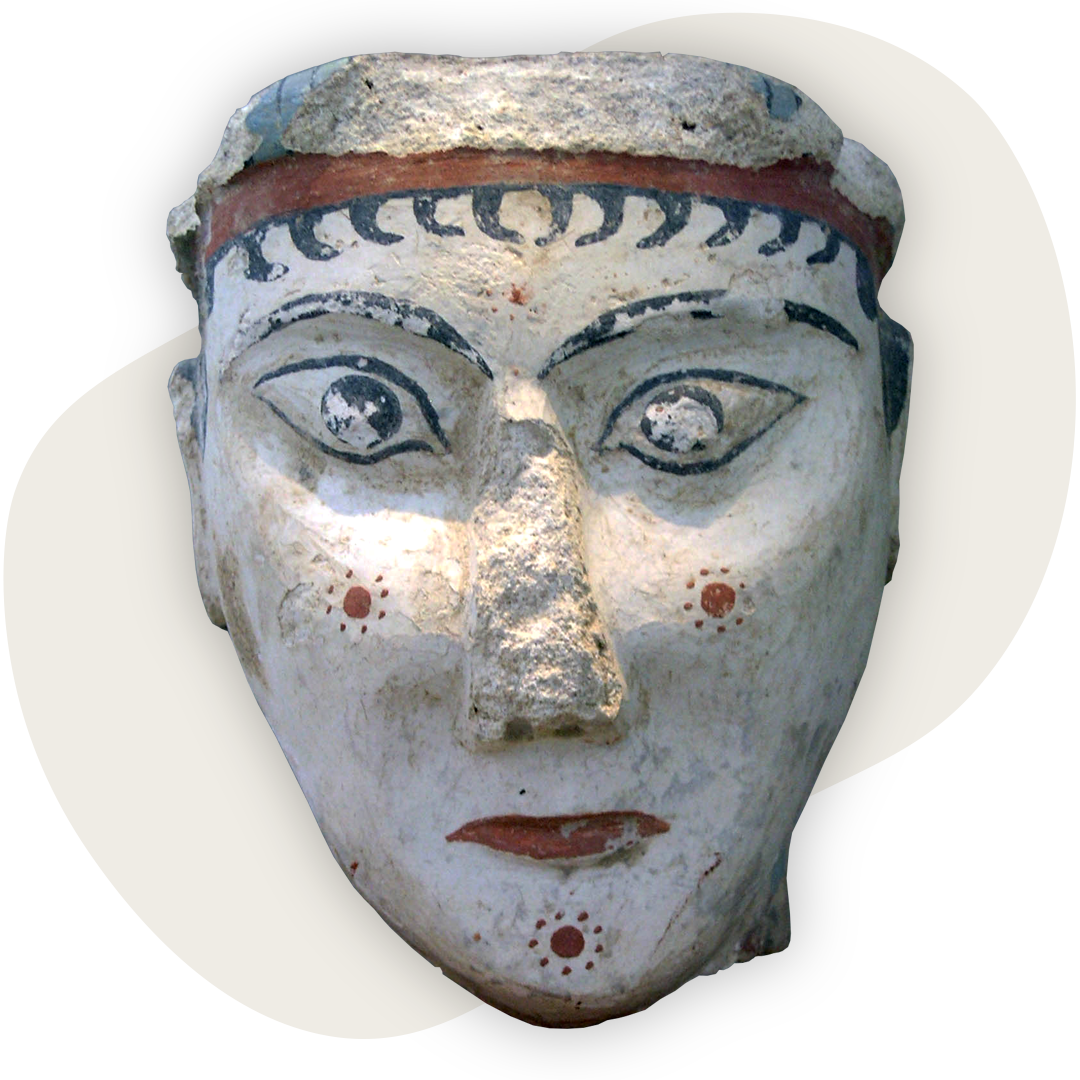
Ancient World Magazine
We publish well-researched and engaging material about the ancient world, created by academically-trained archaeologists and ancient historians who are passionate about the past.

We publish well-researched and engaging material about the ancient world, created by academically-trained archaeologists and ancient historians who are passionate about the past.